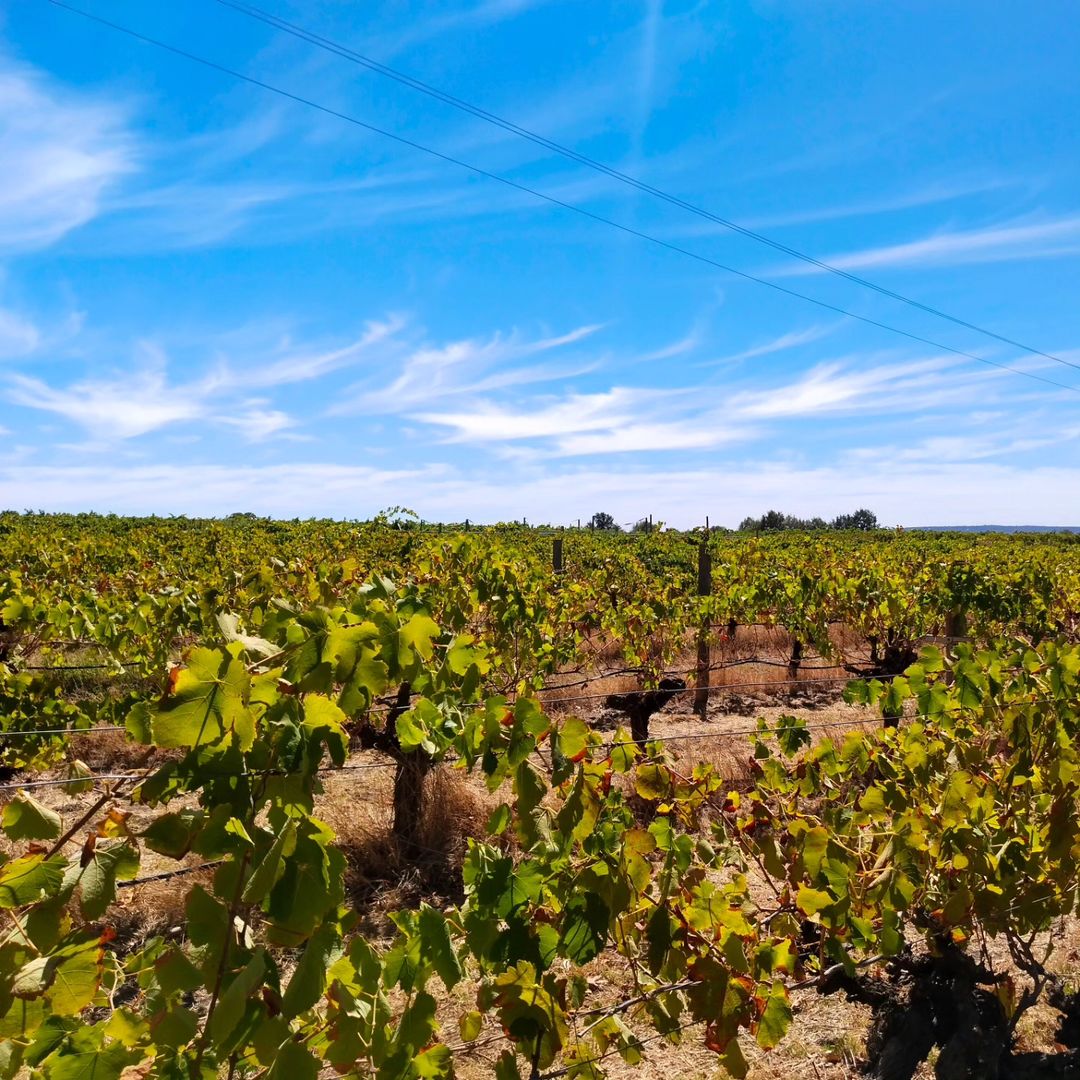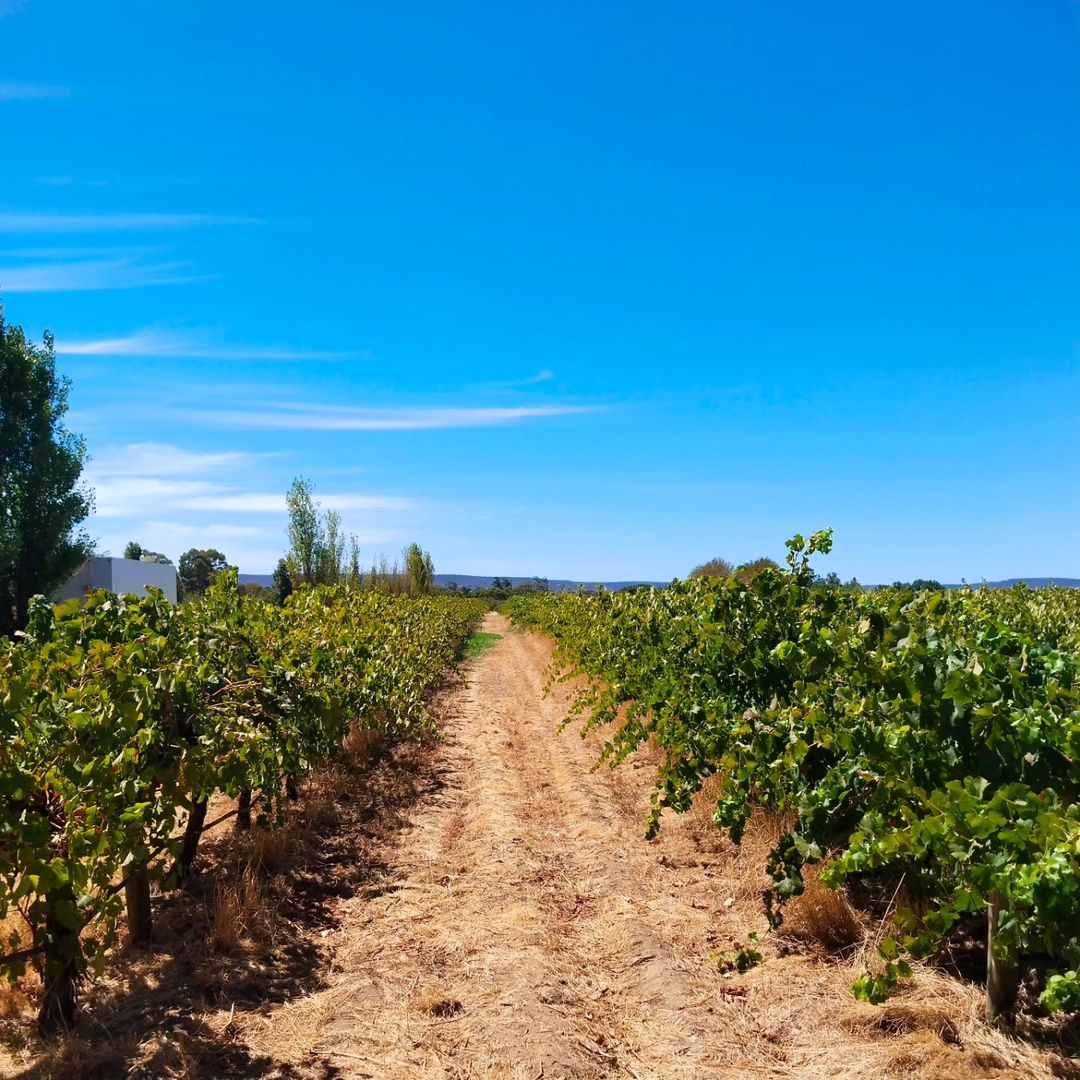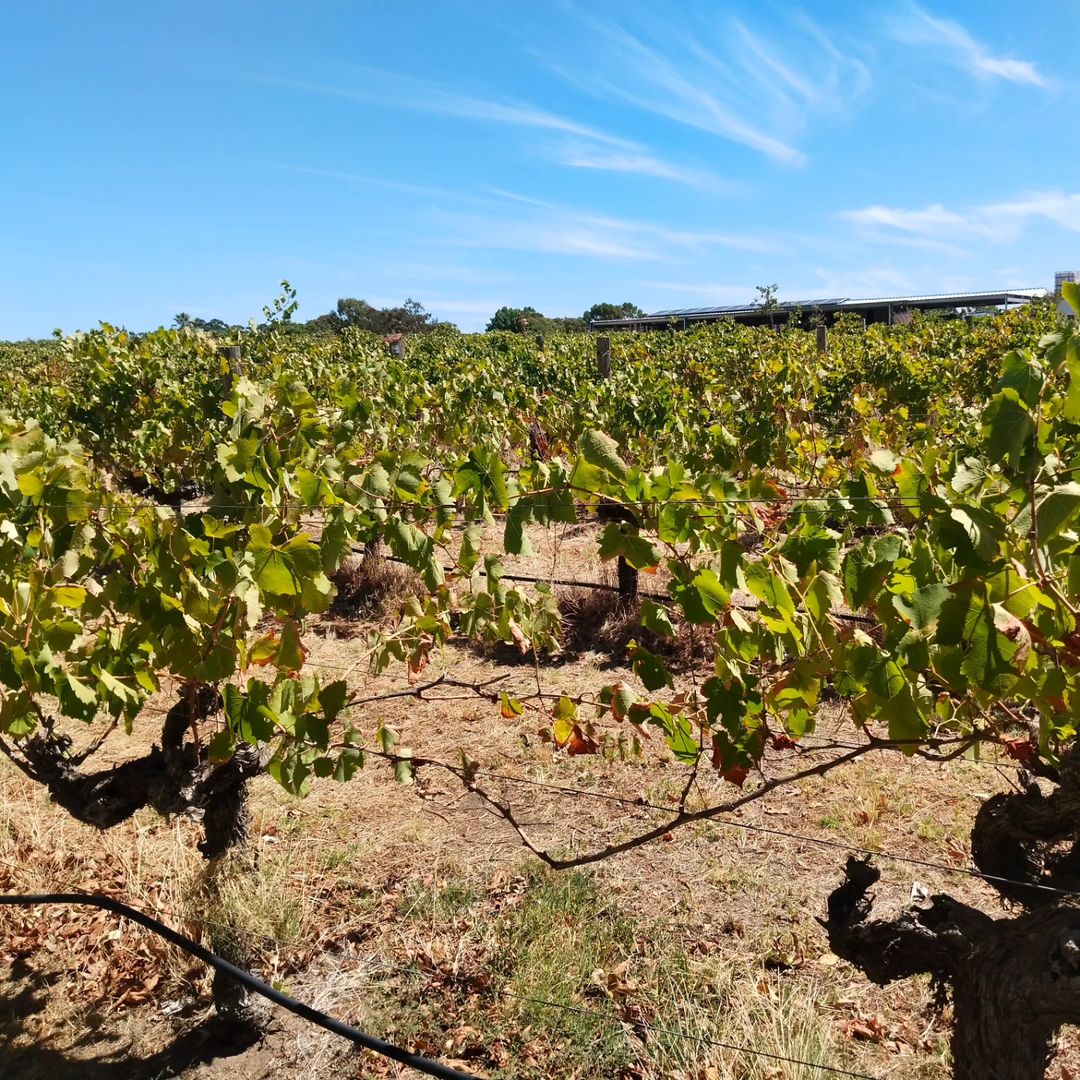
Exploring Swan Valley: Australia’s Second Oldest Wine Region and the Role of Satellite Technology in Modern Viticulture
Welcome to our journey through the picturesque Swan Valley, a hidden gem in Western Australia that has captivated our hearts and palates. As we delve into the rich history and unique challenges of this renowned wine region, we’ll also explore how cutting-edge satellite technology is revolutionizing vineyard management across Australia and beyond.
Swan Valley: A Tapestry of History and Viticulture
Our recent exploration of Western Australia led us to the enchanting Swan Valley, a region steeped in history and viticultural excellence. Established in 1829, Swan Valley proudly holds the distinction of being Australia’s second oldest wine-growing region. For an impressive 150 years, it stood as Western Australia’s sole wine region, paving the way for the state’s now thriving wine industry.
As we meandered through the lush vineyards and spoke with local winemakers, we couldn’t help but marvel at the resilience and innovation that have shaped this iconic region. The story of Swan Valley is not just about wine; it’s a testament to the enduring spirit of Australian agriculture and the continuous pursuit of excellence in winemaking.
The Unique Challenges of Vineyard Cultivation
While the idyllic landscapes of Swan Valley may seem picture-perfect, the reality of cultivating vineyards is far from simple. Winemakers and viticulturists face a myriad of challenges that require constant vigilance and expertise. Some of the key challenges include:
- Irrigation Management: Understanding and meeting the precise water needs of different grape varieties is crucial for producing high-quality wines.
- Fertilizer Application: Balancing soil nutrients to promote optimal grape growth without compromising flavor profiles is a delicate science.
- Farm Input Optimization: Efficiently managing resources such as labor, equipment, and agricultural inputs is essential for sustainable vineyard operations.
- Pest and Disease Control: Vigilant monitoring and timely intervention are necessary to protect vines from various pests and diseases that can devastate crops.
These challenges are not unique to Swan Valley but are shared by vineyards worldwide. As we contemplated these issues, we couldn’t help but consider how modern technology is stepping in to address these age-old problems.
Enter Farmonaut: Revolutionizing Vineyard Management with Satellite Technology

In our quest to understand how vineyards are tackling these challenges, we’ve been particularly impressed by the innovative solutions offered by Farmonaut. As a pioneering agricultural technology company, Farmonaut has been at the forefront of integrating satellite technology into vineyard management.
For several years now, Farmonaut’s satellite systems have been actively monitoring vineyards across the globe, including here in Australia. Their crop health analysis and crop monitoring software have been instrumental in addressing the diverse issues faced by vineyards, from irrigation management to pest control.
How Farmonaut’s Satellite Technology Benefits Vineyards
Farmonaut’s satellite-based crop health monitoring system offers a range of benefits for vineyard owners and managers:
- Real-time Crop Health Monitoring: Using multispectral satellite imagery, Farmonaut provides up-to-date information on vine health, allowing for quick identification of problem areas.
- Precision Irrigation: By analyzing soil moisture levels and plant stress indicators, the system helps optimize water usage, ensuring vines receive exactly what they need.
- Efficient Fertilizer Application: Satellite data helps identify areas of nutrient deficiency, enabling targeted and efficient fertilizer application.
- Early Pest and Disease Detection: The automated pest monitoring system can detect early signs of infestation or disease outbreak, allowing for timely intervention.
- Resource Optimization: By providing a comprehensive view of the vineyard, Farmonaut’s system helps managers optimize the use of labor and equipment.
These capabilities have made Farmonaut an invaluable tool for vineyard managers looking to enhance their operations and produce higher quality wines while minimizing environmental impact.
The Power of Aerial Imagery in Agriculture

One of the key technologies driving Farmonaut’s success is the use of aerial imagery in agriculture. While traditional methods of vineyard monitoring relied heavily on ground-level observations and manual data collection, aerial imagery has opened up new possibilities for comprehensive and efficient vineyard management.
Benefits of Aerial Imagery for Vineyards
- Comprehensive Coverage: Satellite imagery can cover large areas quickly, providing a complete view of the entire vineyard.
- Frequent Monitoring: Regular satellite passes allow for frequent updates on crop health and development.
- Non-Invasive: Unlike ground-based methods, aerial imagery doesn’t disturb the vines or soil.
- Data Consistency: Standardized imaging techniques ensure consistent data for accurate comparisons over time.
- Cost-Effective: Compared to manual surveys or drone flights, satellite imagery offers a more cost-effective solution for large-scale monitoring.
By leveraging these benefits, Farmonaut’s platform enables vineyard managers to make informed decisions based on comprehensive, up-to-date data about their crops.
Agricultural Land Classification: A Key to Sustainable Viticulture
Another crucial aspect of modern vineyard management is agricultural land classification. This process involves categorizing land based on its suitability for different types of agricultural use, including viticulture. Farmonaut’s satellite technology plays a significant role in this classification process, offering valuable insights that help winemakers make the most of their land.
How Farmonaut Aids in Land Classification for Vineyards
- Soil Analysis: Satellite imagery can reveal variations in soil composition across a vineyard, helping identify the best areas for different grape varieties.
- Topography Mapping: Detailed elevation data helps in understanding drainage patterns and sun exposure, crucial factors in vineyard planning.
- Climate Monitoring: Long-term satellite data provides insights into microclimates within a vineyard, aiding in variety selection and vineyard layout.
- Land Use History: Historical imagery can reveal past land uses, helping predict potential challenges or benefits for vineyard development.
By integrating this information, vineyard owners can make more informed decisions about land use, variety selection, and vineyard design, ultimately leading to better wine production and more sustainable practices.
Farmonaut vs. Traditional Monitoring Methods
While Farmonaut’s satellite-based system offers numerous advantages, it’s worth comparing it to other monitoring methods commonly used in viticulture. Here’s a comparison table highlighting how Farmonaut’s Satellite System stacks up against drone and IoT-based farm monitoring:
| Feature | Farmonaut Satellite System | Drone Monitoring | IoT-based Monitoring |
|---|---|---|---|
| Coverage Area | Large scale (entire vineyards) | Medium scale (limited by flight time) | Small scale (depends on sensor placement) |
| Frequency of Data Collection | Regular (based on satellite passes) | As needed (requires manual flights) | Continuous (real-time data) |
| Initial Setup Cost | Low (subscription-based) | High (equipment purchase) | Medium to High (sensors and network setup) |
| Operational Complexity | Low (automated data collection) | High (requires trained operators) | Medium (maintenance of sensors required) |
| Data Processing | Automated (AI-driven analysis) | Semi-automated (requires post-processing) | Automated (real-time data analysis) |
| Weather Dependency | Low (can penetrate clouds) | High (affected by wind and rain) | Low (operates in most conditions) |
| Regulatory Compliance | Simple (no airspace restrictions) | Complex (flight regulations apply) | Moderate (depends on local regulations) |
As the table illustrates, Farmonaut’s Satellite System offers a unique combination of large-scale coverage, cost-effectiveness, and ease of use that makes it particularly well-suited for vineyard management.
The Future of Viticulture: Integrating Technology and Tradition

As we reflect on our journey through Swan Valley and our exploration of modern viticultural practices, we’re struck by the harmonious blend of tradition and technology that defines the future of winemaking. The age-old art of viticulture is being enhanced and refined by cutting-edge technologies like Farmonaut’s satellite-based systems.
Looking ahead, we anticipate several exciting developments in the intersection of technology and viticulture:
- AI-Driven Predictive Analytics: Advanced algorithms will provide even more accurate predictions for harvest timing, disease outbreaks, and optimal intervention points.
- Blockchain Integration: Improved traceability from vine to bottle, ensuring authenticity and enhancing consumer trust.
- Climate Adaptation Strategies: As climate change impacts wine regions, technology will play a crucial role in helping vineyards adapt and thrive.
- Precision Harvesting: Satellite data combined with ground-based sensors will enable highly precise, selective harvesting for optimal grape quality.
- Sustainable Resource Management: Advanced monitoring systems will further optimize water and energy use, reducing the environmental footprint of wine production.
These advancements promise to not only improve the quality and consistency of wines but also to make viticulture more sustainable and resilient in the face of environmental challenges.
Embracing Innovation in Swan Valley and Beyond
As we conclude our exploration of Swan Valley and the innovative technologies shaping its future, we’re filled with excitement about the possibilities that lie ahead. The integration of satellite technology, as exemplified by Farmonaut’s solutions, is not just enhancing vineyard management; it’s paving the way for a new era of precision viticulture.
For those interested in exploring how Farmonaut can benefit their vineyards or agricultural operations, we encourage you to visit their website and explore their offerings:
- Try Farmonaut’s web application: https://farmonaut.com/app_redirect
- Explore Farmonaut’s API for developers: https://sat.farmonaut.com/api
- Download the Farmonaut mobile app:
- Android: Google Play Store
- iOS: App Store
- Access Farmonaut’s Weather API documentation: Satellite Weather API Docs
As we look to the future, we’re eager to see how these technologies will continue to shape the wine industry, not just in Swan Valley, but across Australia and the world. The blend of rich historical tradition and cutting-edge innovation promises a bright and flavorful future for wine enthusiasts everywhere.
FAQ: Swan Valley Viticulture and Satellite Technology in Vineyard Management
Q1: What makes Swan Valley unique among Australian wine regions?
A1: Swan Valley is Australia’s second oldest wine-growing region, established in 1829. It was Western Australia’s only wine region for 150 years, contributing significantly to the state’s viticultural heritage.
Q2: How does satellite technology benefit vineyard management?
A2: Satellite technology, like that used by Farmonaut, provides real-time crop health monitoring, aids in precision irrigation, enables efficient fertilizer application, assists in early pest and disease detection, and helps optimize resource use in vineyards.
Q3: What are the main challenges in vineyard cultivation?
A3: Key challenges include managing irrigation needs, applying fertilizers effectively, optimizing farm inputs, and addressing pest and disease outbreaks.
Q4: How does Farmonaut’s technology compare to drone-based monitoring?
A4: Farmonaut’s satellite technology offers larger coverage areas, more consistent data collection, lower operational complexity, and is less affected by weather conditions compared to drone-based monitoring.
Q5: Can small vineyard owners benefit from satellite-based monitoring systems?
A5: Yes, Farmonaut’s solutions are scalable and designed to be cost-effective, making them accessible to vineyard owners of all sizes, from small family-owned operations to large commercial vineyards.
Q6: How does agricultural land classification help in viticulture?
A6: Agricultural land classification, supported by satellite data, helps winemakers identify the most suitable areas for different grape varieties, understand soil composition, and optimize vineyard layout based on topography and microclimates.
Q7: What future developments can we expect in vineyard technology?
A7: Future developments may include AI-driven predictive analytics, blockchain integration for improved traceability, advanced climate adaptation strategies, precision harvesting techniques, and more sustainable resource management systems.
Q8: How long has Farmonaut been operating in Australia?
A8: Farmonaut has been operating in Australia for the past four years, steadily expanding its presence and adapting its solutions to meet the specific needs of Australian vineyards and farms.
Q9: Can Farmonaut’s technology be used for crops other than grapes?
A9: Yes, while we’ve focused on viticulture in this article, Farmonaut’s satellite-based monitoring systems are versatile and can be applied to a wide range of crops and agricultural operations.
Q10: How can vineyard owners start using Farmonaut’s services?
A10: Interested vineyard owners can explore Farmonaut’s services through their web application, mobile apps (available on both Android and iOS), or by contacting Farmonaut directly for customized solutions.
Subscribe to Farmonaut
Ready to revolutionize your vineyard management? Subscribe to Farmonaut’s services and start harnessing the power of satellite technology for your agricultural operations:
By embracing these innovative solutions, you’re not just optimizing your vineyard’s performance; you’re becoming part of a global movement towards more sustainable, efficient, and data-driven agriculture. Join us in shaping the future of viticulture, one satellite image at a time.
